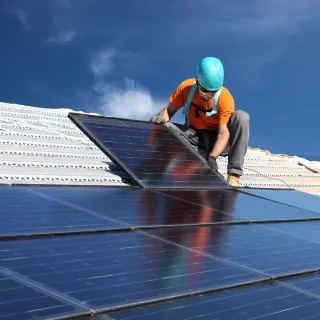
India's utility scale solar capacity addition to slow down to 6GW
Power surplus will hurt its current peak of 8GW.
The Indian solar market is being tested to its limits. GST has increased execution costs. According to Bridge to India, module prices have shot up when bidders were factoring in another 20% price decline by the end of this year. Chinese module suppliers are even reluctant to supply to India.
The government is considering anti-dumping duty petition to support domestic solar manufacturers. But perhaps, the biggest challenge facing the sector is slowing power demand. Lack of visibility over project pipeline is forcing developers to bid aggressive tariffs and reconsider strategic options including consolidation.
It is therefore relevant to ask what does the future pipeline scenario look like?
Here's what Bridge to India has to say:
Seven states – Karnataka, Andhra Pradesh, Tamil Nadu, Telangana, Rajasthan, Madhya Pradesh and Punjab – together make up over 80% of India’s total installed and pipeline capacity of 27 GW.
Other states continue to lag and progress is expected to be slow because of surplus power situation in the country.
After peaking at about 8 GW in 2017, India’s utility scale solar capacity addition is expected to stabilize at a much lower level of 5-6 GW per annum for next few years;
The ten largest states in India have power consumption greater than 50 billion units each and together, they account for 75% of India’s total power demand.These states, located mainly in central and southern India, should also account for bulk of solar power demand in the country. Five of these states – Karnataka, Andhra Pradesh, Tamil Nadu, Telangana and Rajasthan – have led the sector growth so far and tied up more than 3 GW of solar capacity each.
Madhya Pradesh and Punjab have tied up another 2 GW and 1 GW respectively. These seven states together make up for over 80% of India’s total installed and pipeline capacity of 27 GW.
They have front-loaded their solar power demand and are well ahead of their annual targets determined by the Ministry of New and Renewable Energy (MNRE). Solar activity in these states is inevitably expected to slow down going forward and indeed, some of them are already cancelling ongoing tenders.
In contrast, combined installed and tendered pipeline capacity of the three largest power consuming states, Maharashtra, Uttar Pradesh and Gujarat, is lower than that of Karnataka on a stand-alone basis.
In May 2017, we predicted that Uttar Pradesh could be a dark horse for India’s new solar allocations. Since then, it has issued a 750 MW tender under SECI scheme and is believed to be considering further tenders. Maharashtra’s power consumption is almost three times that of Andhra Pradesh but its installed solar capacity is just one-third in comparison. Gujarat, a solar frontrunner back in 2012-13, is also lagging way behind. It added a paltry 211 MW in the last two years against almost 1 GW in neighbouring Rajasthan and 2 GW in both Andhra Pradesh and Telangana.
Unfortunately, the prevailing power surplus situation in India suggests that slowdown in solar power demand may continue for 3-4 years. We expect India’s utility scale solar capacity addition to peak in the current year (at about 8 GW) and then stabilize at a much lower 5-6 GW per annum for the next 2-3 years. Rooftop solar is expected to, however, provide some relief by continuing to grow at a healthy rate and becoming a 3 GW per annum market by 2020.



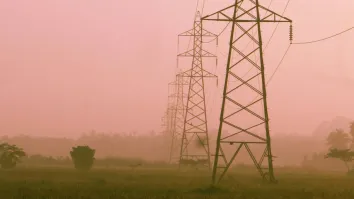
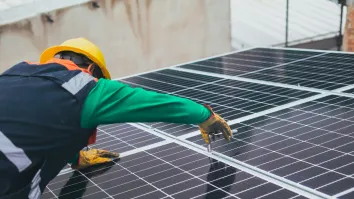





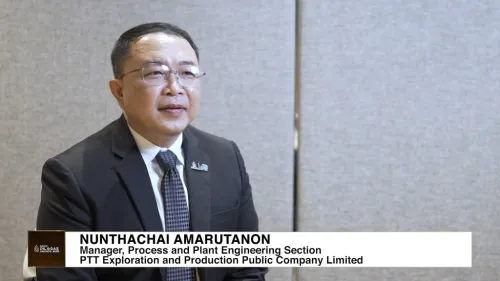


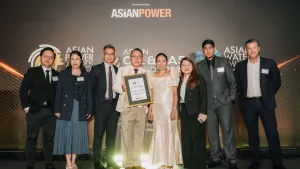





 Advertise
Advertise








